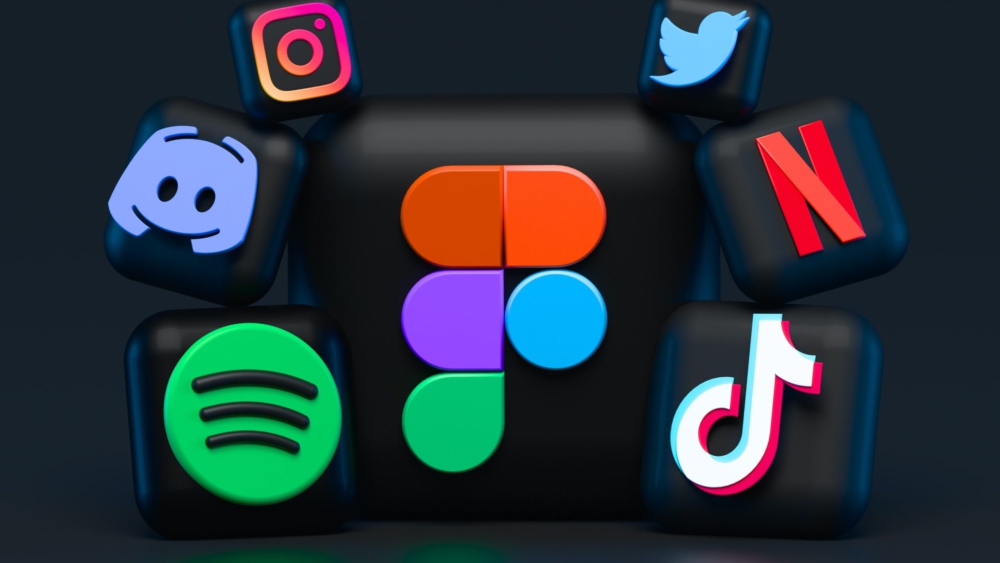In today’s digital world, the customer may not always be right, but they are always extremely opinionated. People spend hours shopping online: researching, choosing, buying and leaving feedback. For your business to thrive, it is crucial that you are constantly on the lookout for social data about your brand. After all, if you want to become a household name, you have to attain high brand awareness.
Luckily, you don’t have to hire someone whose full-time job it is to log every review and mention. Instead, employ social listening tools.
Why does social listening matter?
Social listening helps brands understand their audience’s likes, dislikes, and what they are most prone to respond to. Brands need to listen to their audience so that they can answer questions like, ”what issues do they care about?” and “how can we help solve their problems?” By tapping into what consumers value, your brand can reach them on an emotional level.
Beyond this, understanding an audience’s perception of a brand and capturing consumer sentiment is also crucial to attract new audiences, keep loyal audiences on the side, and identify new trends and opportunities. This is especially handy (and smart!) when planning marketing campaigns.
For example, Dove used its platform to tackle an issue faced by young girls—the real beauty standards in a digital era. Highlighting the widespread damage caused by the trend of heavily edited selfies, with ‘Reverse Selfie’.
This campaign is a sequel to the film ‘Evolution’, where it tackled retouching in the beauty industry, the unrealistic standards it was setting and how it was affecting millions of young girls’ self-esteem. The dangers of social media have been widely documented, and more screen time during the pandemic has only made things worse.
The team spent hours listening to girls about their experiences of using beauty apps, and how they felt about themselves. Dove wanted to deliver hope – a combination they admit wasn’t easy. Now that social media has grown to be part of our everyday lives, young girls can easily access face apps and retouching tools to alter their appearance with a few clicks. As a result, many feel the pressure to distort their appearance and create something ‘perfect’ for social media.
Dove wants to change this by highlighting this issue and to help the young people navigate social media in a positive way—driving a movement and conversation around this topic. When the new campaign launched, people took to social media and were buzzed about it. Why? The audience resonated with the message. The brand listened. The brand spoke up.
Here’s how you can build a successful campaign using social listening:
Listen before you speak
Not listening to your audience is similar to driving without a GPS. You likely already keep up with competitors by checking share of voice and conducting daily or weekly media monitoring, so you should also keep your ear to the ground and listen to your audience. This will ensure that your brand is better prepared to plan strategies \ aligned with your target audience.
Through social listening, you can uncover insights that you might never have found with a traditional search. It amplifies the voices of all the people talking about the product as well as the industry the product is in.
When Nescafe Dolce Gusto launched in Malaysia, their goal was to increase engagement and the number of followers locally. With social listening they were able to create a more relevant content calendar and in return, engagement, followers and brand mentions skyrocketed. But how did they do it?
Social listening enabled a better understanding of coffee lovers in Malaysia, including when, what and why they talk about Nescafe Dolce Gusto. The insights allowed a more thorough understanding of customers — who they are, what their passions are, and where the conversation is taking place. This helps brands identify how they can best resonate with their target audience and execute business strategies that result in respect and admiration from the public.
You can’t just speak – you need to amplify
The most effective marketing campaigns are well-targeted and relevant to the target audience and their place in the purchase journey. And the best way to convince customers to make a purchase is by truly understanding who your target audience is and what they need from your brand.
Using social listening to fine-tune customer profiles and conduct trend analysis paves the way for you to understand their needs and expectations, and develop highly targeted campaigns that are relevant to them.
To understand consumers’ expectations and better serve them, L’Oréal uses social listening to help the company identify industry trends and show what consumers are asking for. Back in 2011, the brand was unsure which hair product to develop next, so they turned to social media to discover what their customers and potential customers wanted. By pairing the social listening data with Google trends analysis, they successfully launched a new product.
By performing social listening, brands can create the kind of content the audiences want, come up with new ideas based on industry trends, improve audience experience by interacting directly with audiences, and continuously shift audience strategy to fit the current need.
To find out how to get started with your first social listening-led campaign, drop us an email at [email protected]

